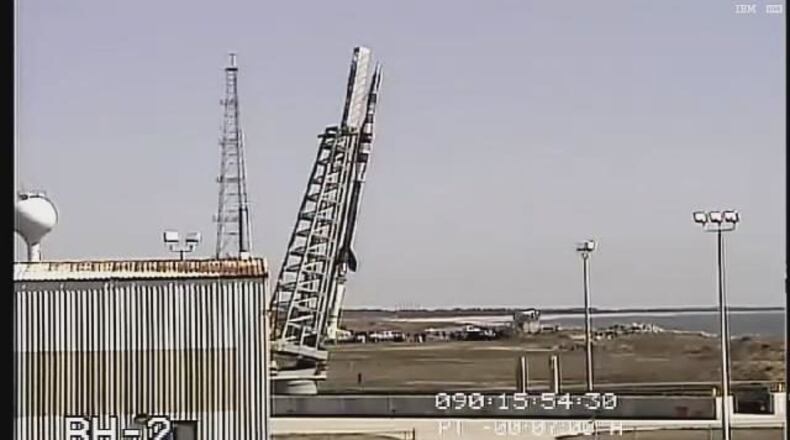NASA tested a parachute for possible future missions to Mars from NASA's Wallops Flight Facility in Virginia Saturday.
According to NASA, the rocket carried the Advanced Supersonic Parachute Inflation Research Experiment (ASPIRE) from NASA's Jet Propulsion Laboratory in Pasadena, California. The payload carrying the test parachute is expected to reach an altitude of 32 miles approximately two minutes into the flight.
The payload splashed-down in the Atlantic Ocean 40 miles from Wallops Island and will be recovered and returned to Wallops for data retrieval and inspection.
The payload is a bullet-nosed, cylindrical structure holding a supersonic parachute, the parachute's deployment mechanism, and the test's high-definition instrumentation, including cameras to record data.
ASPIRE is managed by JPL, with support from NASA's Langley Research Center in Hampton, Virginia, and Ames Research Center in Silicon Valley, California, for the agency’s Science Mission Directorate in Washington.
NASA's Sounding Rocket Program is based at Wallops. Orbital ATK in Dulles, Virginia, provides mission planning, engineering services and field operations through the NASA Sounding Rocket Operations Contract. NASA's Heliophysics Division in Washington manages the sounding rocket program for the agency.
About the Author
The Latest
Featured


